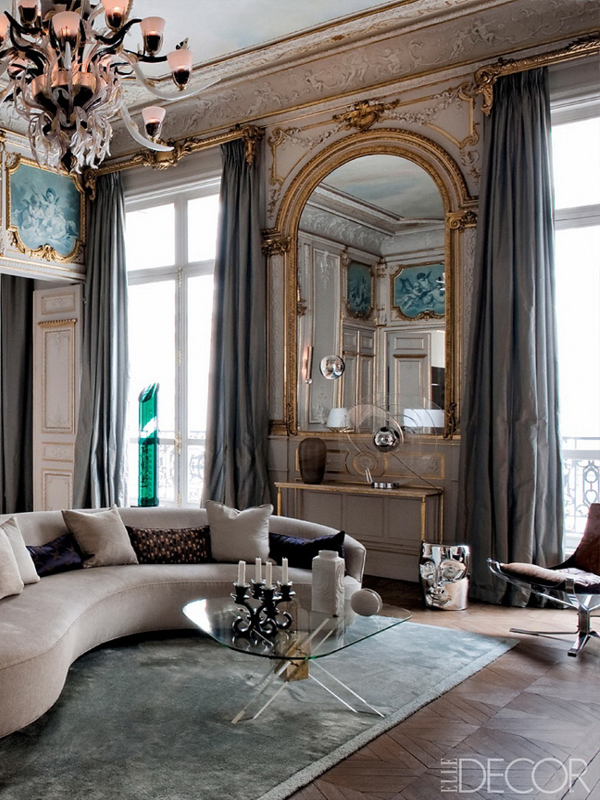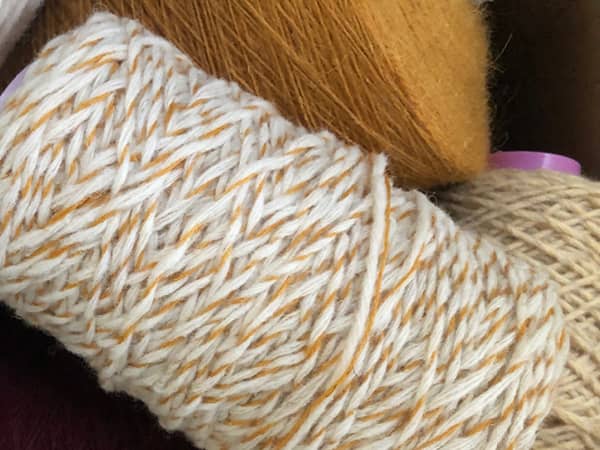Encyclie
by Ulrika Liljedahl
HAUTE COUTURE
MATERIALS Wool, Metal threads
TECHNIQUE Hand tufted
SIZE 170 x 250 cm
PRICE ON REQUEST. CONTACT US.无货
描述
metal threads
A few thousand years before Christ, Roman, Chinese, Persian and Egyptian craftsmen used to cover in gold leaf the threads that they were going to weave for the rich and powerful. Later, weavers used gold and silver threads to embellish tapestries woven out of wool or silk. These threads were difficult to work and extended production times. They required particular skills, passed from generation to generation. From the XVIIth century onward, new techniques made it possible to create very fine metal threads able to go through fabric. Today, the metals used with textile fibres are silver, gold and copper, but also aluminium, iron or stainless steel, and come in every colour. In PINTON’s Couture collection, these fabulous threads are inserted alongside traditional wool or silk yarns, to create poetic and graphic pieces imagined in partnership with contemporary artists and designers.
cotton
Cotton is made from the vegetal fibres surrounding the seeds of the cotton plant. Traces of cotton were found in Ancient Egypt and in Mexico, possibly over 7,000 years old. Cotton culture developed in America, Africa and Eurasia. While it reached Europe as early as the IInd century BC, its history on that continent truly began with the creation of the West India trading companies. From then on, the culture of cotton never stopped growing and it is now the most used natural fibre in the world. More difficult to weave than linen because of its short fibres, it has a higher density. Cotton is a very good insulation material thanks, in particular, to its exceptional moisture absorption properties. It is warm, soft, comfortable. PINTON weaves this staple of the textile industry on its own or combined with other materials for the Couture as well as the Diffusion lines. In tapestry making, cotton is very rarely used on its own and is most often combined with other materials. It is generally the material used for the warp thread.
Cotton can be used in loop weave where the continuous thread forms loops on the surface of the rug, or in pile weave where the threads on the surface of the rug are cut. It can also be woven as loop and cut which combines both techniques.
Ulrika
Liljedahl
Ulrika Liljedahl est une artiste suédoise. Elle vit et travaille à Paris. Elle collabore régulièrement avec la haute couture et le prêt à porter de luxe pour des marques comme Christian Lacroix, Alexander McQueen (Givenchy), John Galliano (Dior), Jean-Paul Gaultier, Yves Saint Laurent, Louis Vuitton ou encore Marc Jacobs. Pour eux, Ulrika Liljedahl développe des matières et des textiles originaux. Certaines de ses pièces ont été exposées dans divers musées à travers le monde comme le Metropolitan Museum of Art à New York, le Musée Bunkamura à Tokyo, le Musée Galliera et le Musée de la Mode à Paris. D’autres ont rejoint des collections importantes notamment celles du Centre National des Arts Plastique ou encore du Musée Galliera.
La collaboration entre Ulrika Liljedahl et PINTON s’inscrit dans le temps. Pour la maison, l’artiste tisse d’œuvres en œuvres un univers mystérieux, organique et poétique à travers des motifs et des associations de matières originales qui attirent l’œil et incitent au toucher.
hand tufted
The hand tufting technique is a process combining centuries-old skills and modern weaving tools. The canvas is perfectly stretched over an upright loom and the craftsperson transfers by hand the future design of the rug with the utmost precision. Threads are inserted manually, one by one, working with a gun on the back of the canvas, following the colours, the drawing and the different tuft heights. PINTON was one of the first manufactories to use the gun tufting technique to produce some of its rugs and carpets and is the only French workshop offering very high quality tufted rugs. With this technique, production times are reduced compared to the knotted stitch weave or point noué. Finally, hand tufting offers a large range of possible depths. Carving is the technique that consists in sculpting the wool and creating textures within the woven rug. Since the early 1990s, PINTON has been specialising in the production of hand tufted rugs for which it also collaborates with famous designers and artists.















